|
Dixie is an 11 year QH mare, who has suffered with this toe crack for several years. Her current owner purchased her in the spring of 2000 and had been working with a vet and corrective farrier for 8 months without significant progress. She decided to try a different approach and brought her here to OKSNHC for rehab in January 2021. The album below shows the before photos and first trim results. There are captions on some photos to explain important points. January 23 2021I will update this blog as we progress. Currently I have applied a trim, and opted to cast her hooves and nail on composite shoes over the casts. I chose this approach to give her stability in the hoof capsule via the casting and to create "artificial concavity" with the composite shoe (Easyshoe Flex Light) to help unload the coffin bone from ground pressure due to a lack of hoof wall connection and a sunken coffin bone. February 8 2021My plan this trim was to further reduce the long toe and just see how the new growth is coming in. It has only been a couple of weeks since the last trim so not a ton of new growth, but overall I am happy with the progress. Today I opted to cast only and when these wear off in 1-2 weeks I will soak again to treat that crack for fungus and bacteria and likely apply casting and composite shoes again, though she seemed just as comfortable in the casting alone without the composites. March 2 2021This was the first trim that I was able to lower the heels and quarters to a normal level as I planned to apply composite shoes to create the "artificial concavity" that I have been achieving by leaving them high. Her sole is still very flat, though there is concavity starting to form. The crack on the FR is also starting to grow down from the coronary band closed. This is extremely exciting as this mare has had this crack for 5 years! Overall, there is about an 3/4 of an inch of tighter new growth at the coronary band since I began to trim her on January 23 2021. I applied composite shoes, packed with Artimud, and plan to leave them on until early April. She was off at the trot before the trim and slightly worse after after. I believe this is due both the shorter trim to accommodate the composites, and to corium inflammation due to the flat sole. In a few days I will take more video to see if the inflammation has subsided with the composites applied. Mar 2 before trimMar 2 after trim and composites applied
|
AuthorKristi Luehr is a barefoot trimmer/farrier, author, and founder of the Okanagan School of Natural Hoof Care. She is certified by the Canadian Farrier School as well as the Oregon School of Natural Hoof Care, and also has certification in equine massage and dentistry. Her focus is to educate owners about hoof anatomy, function and proper barefoot trimming that supports and grows healthy and functional hooves specific to each horse's individual needs. She is the author of three online courses specific to hoof care and is always striving to create more educational content for students to learn from. Archives
May 2024
|

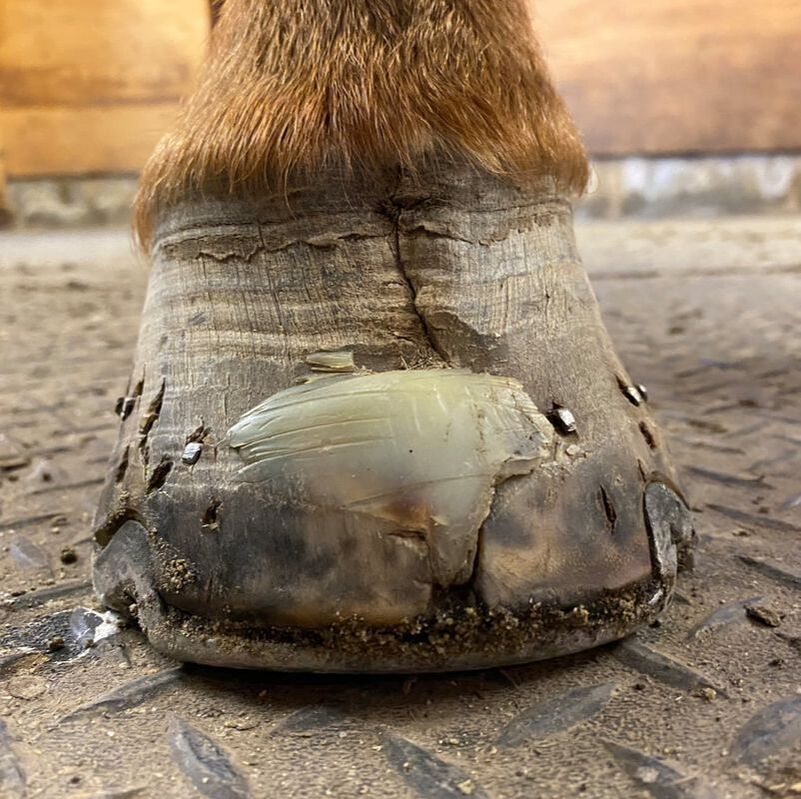
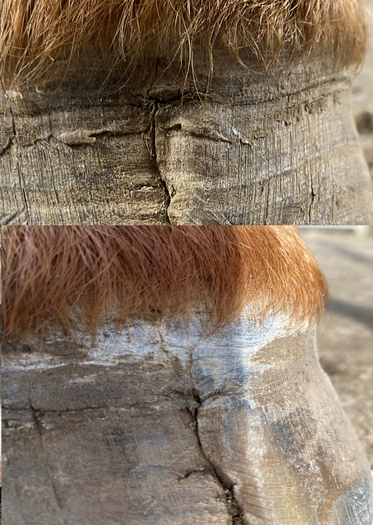
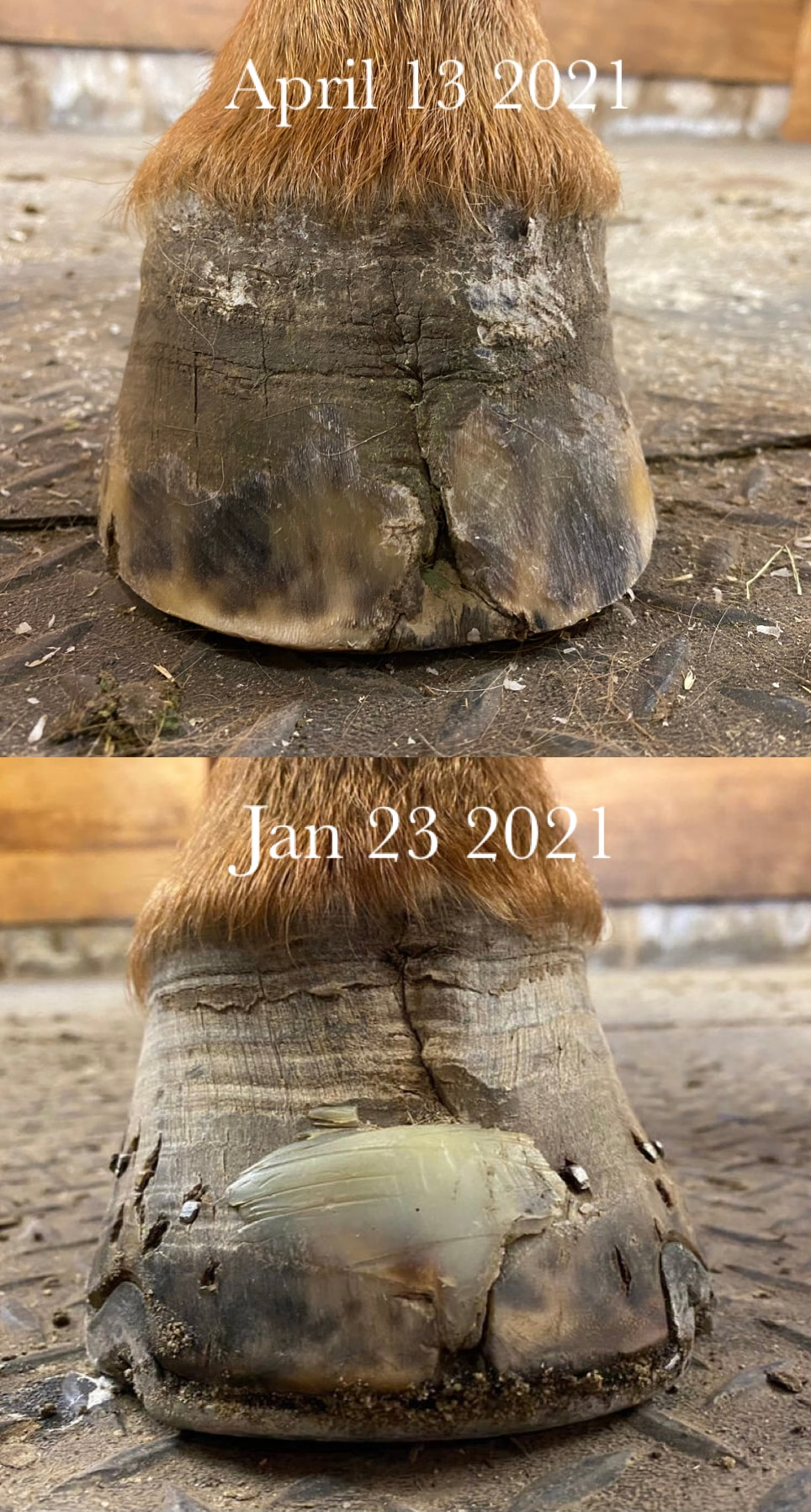
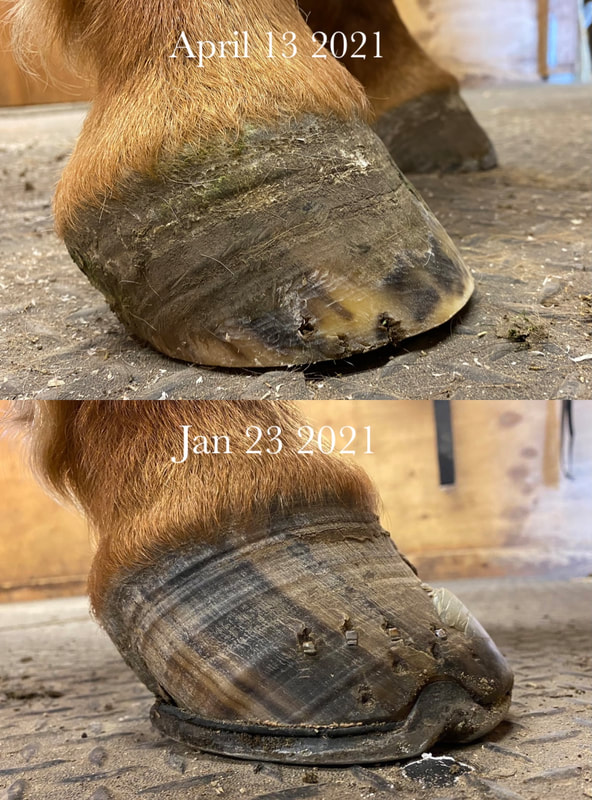
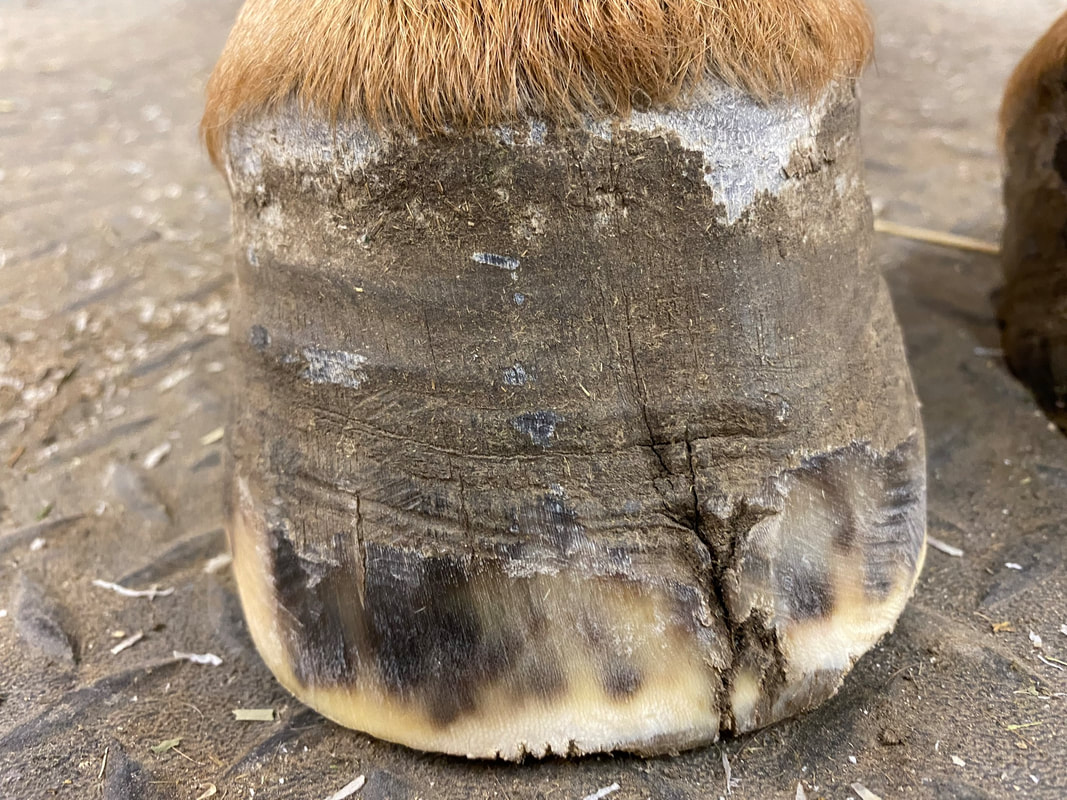
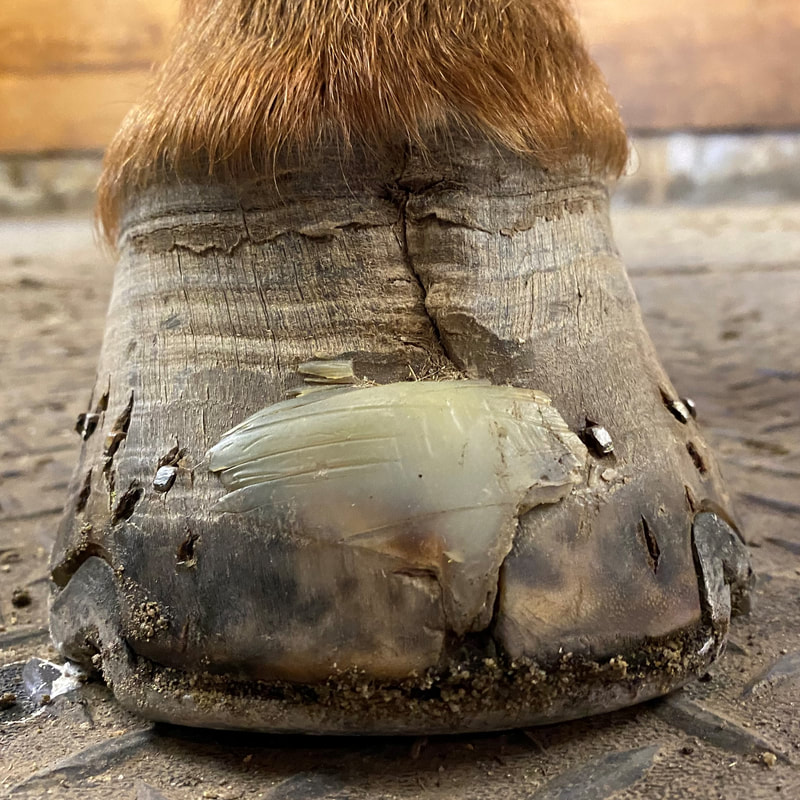
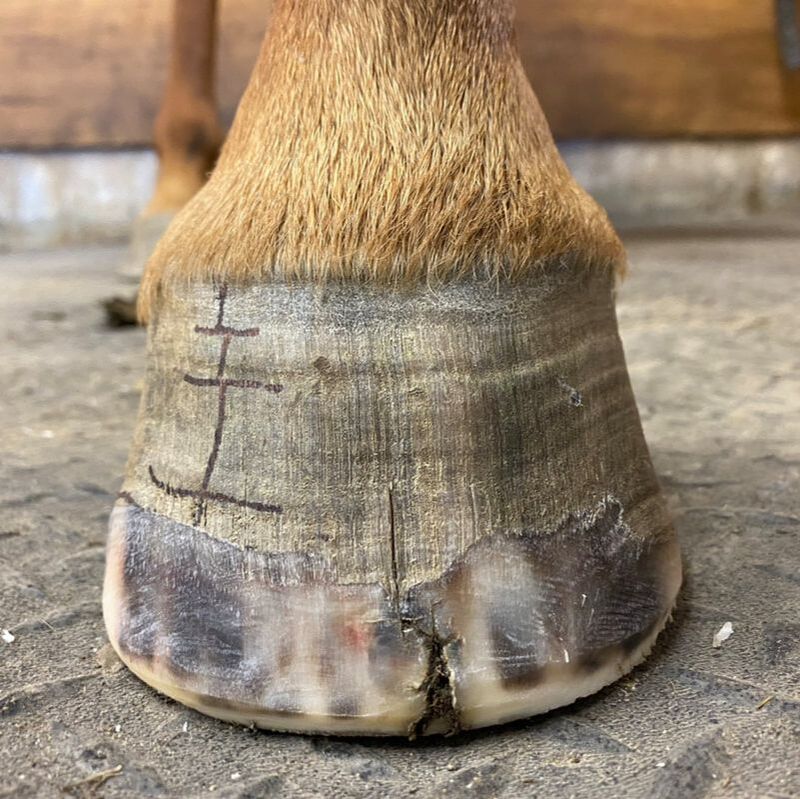

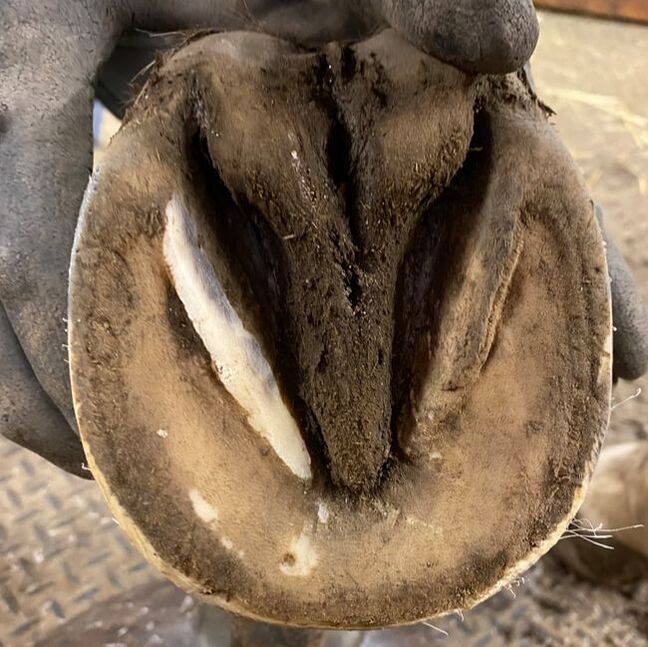
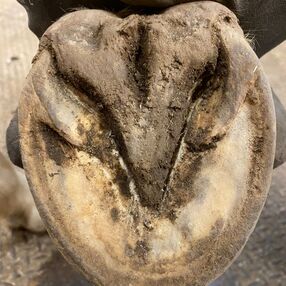
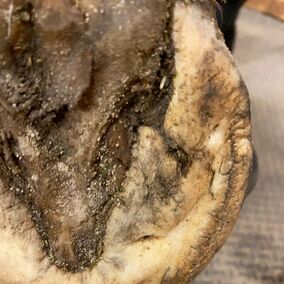

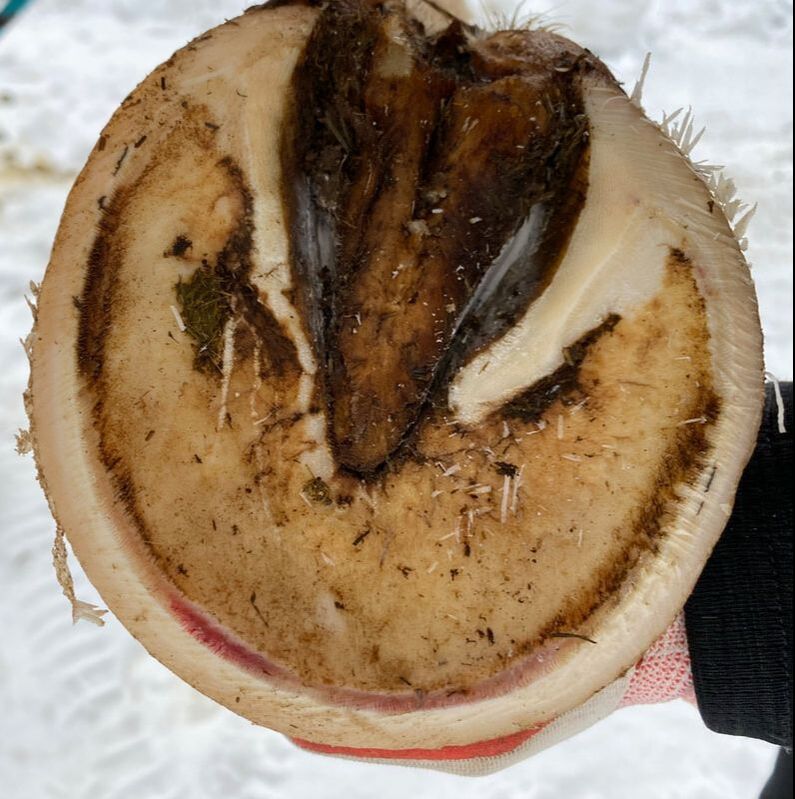

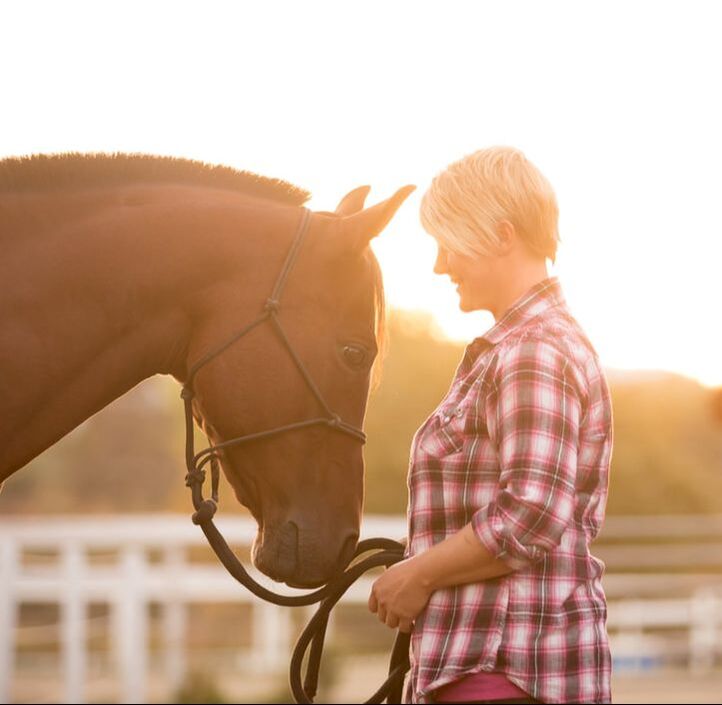
 RSS Feed
RSS Feed
